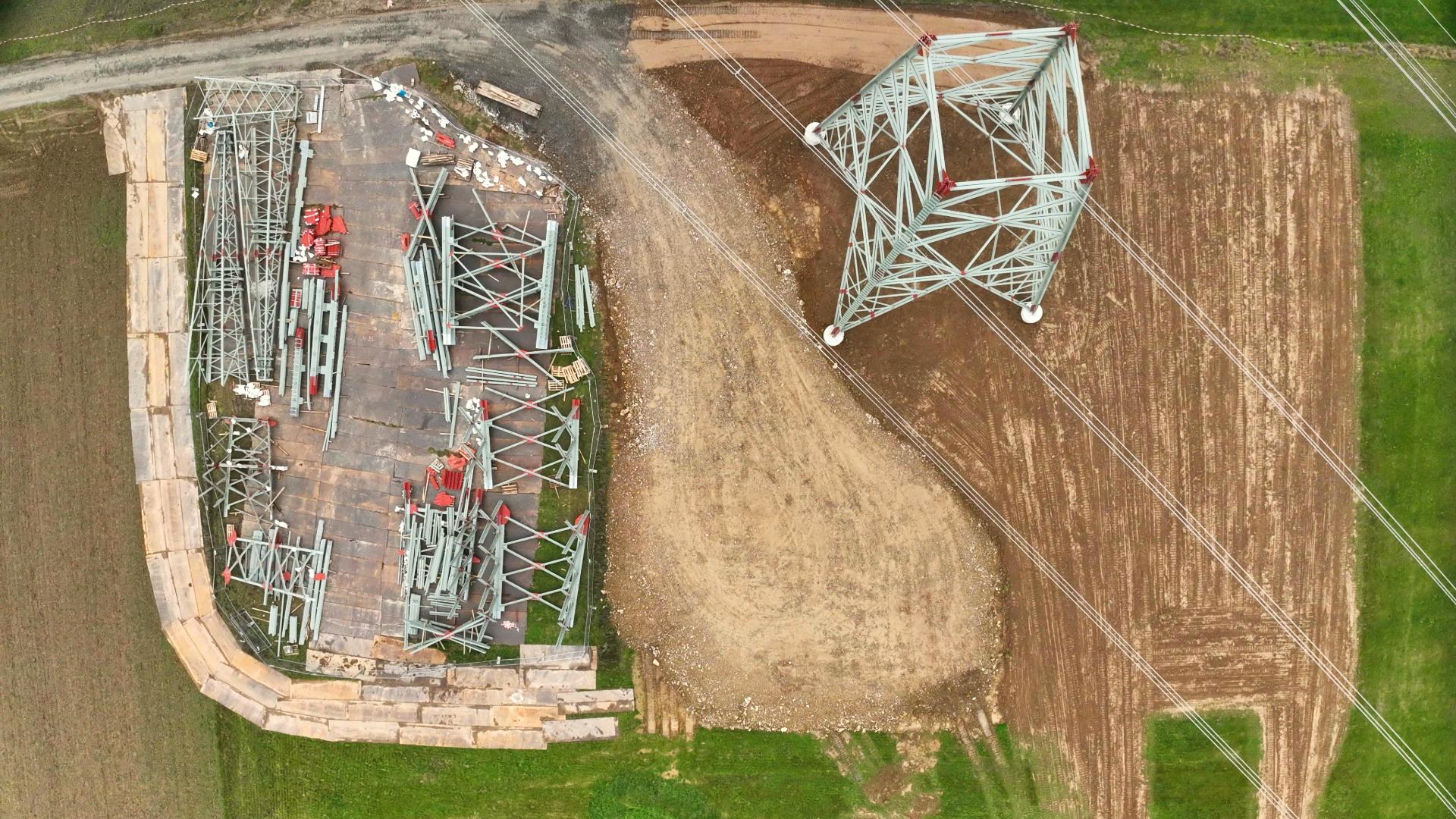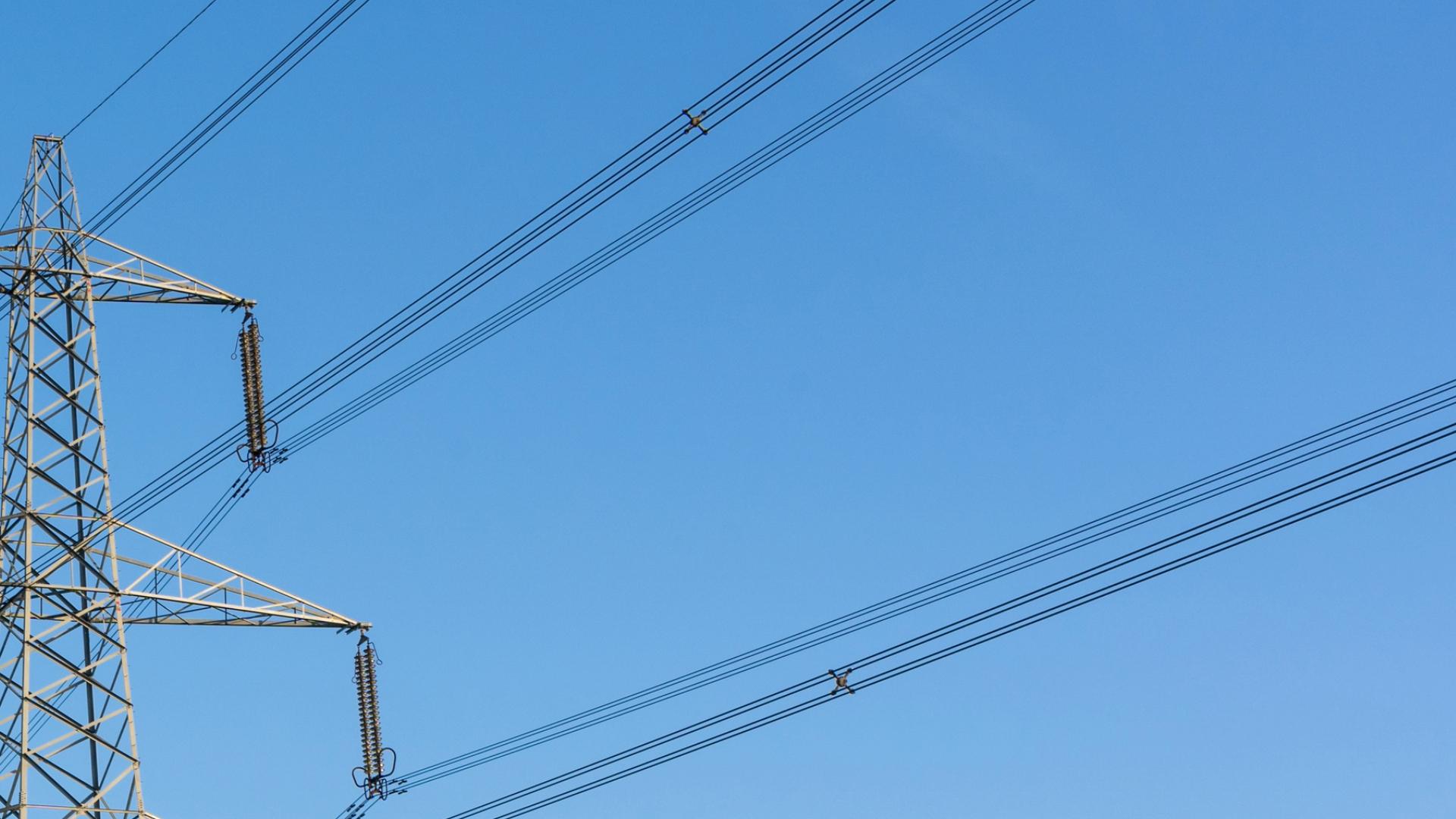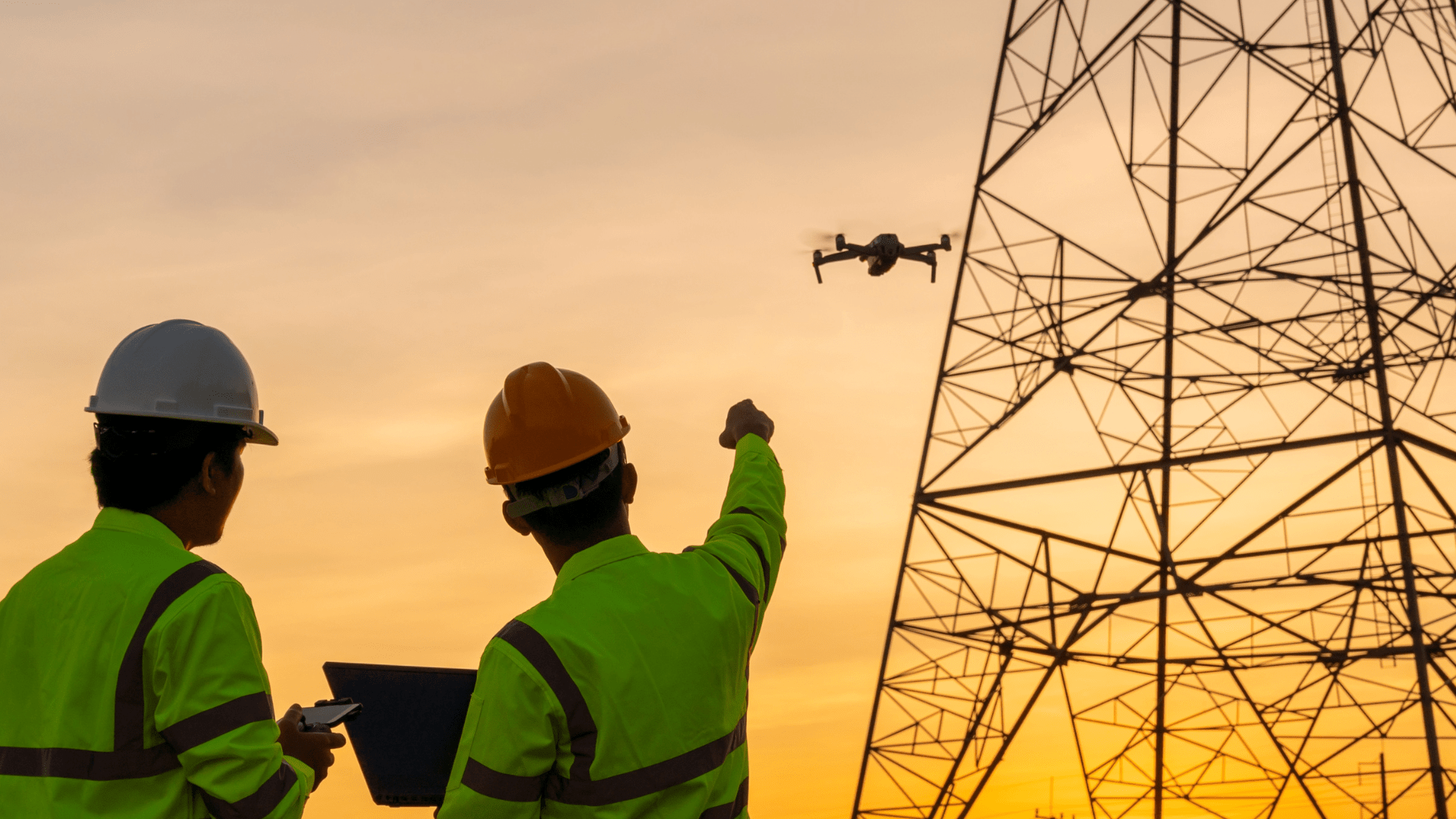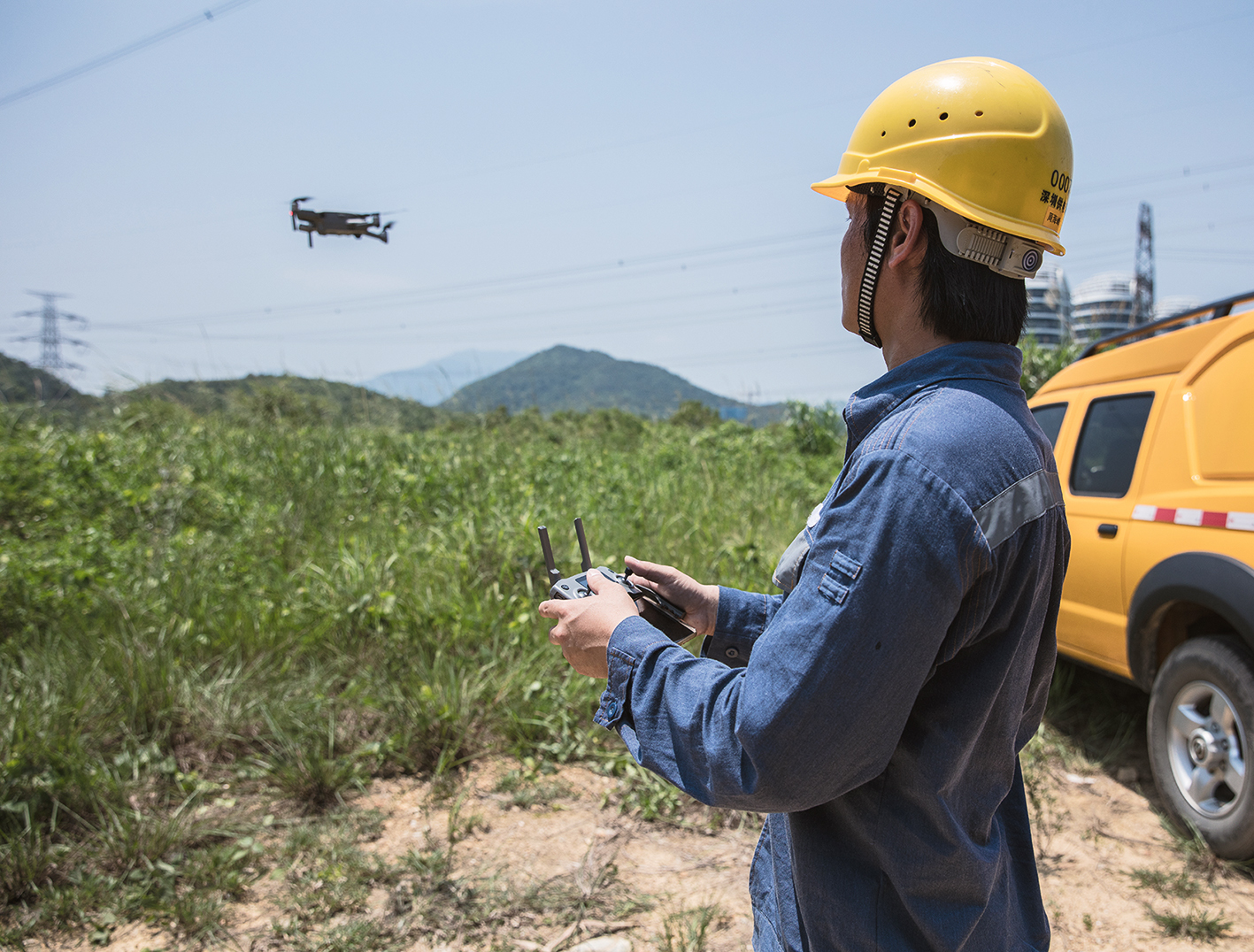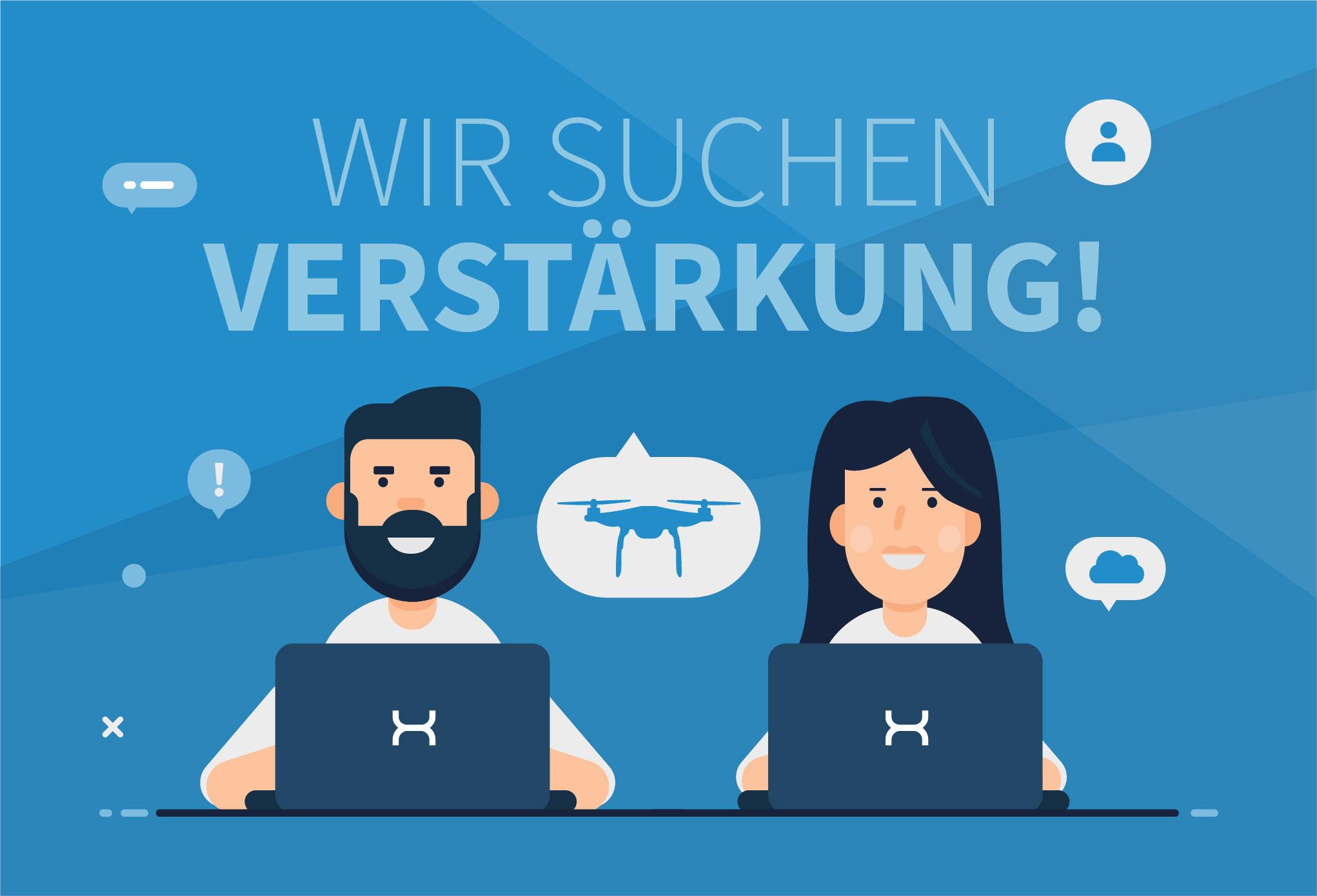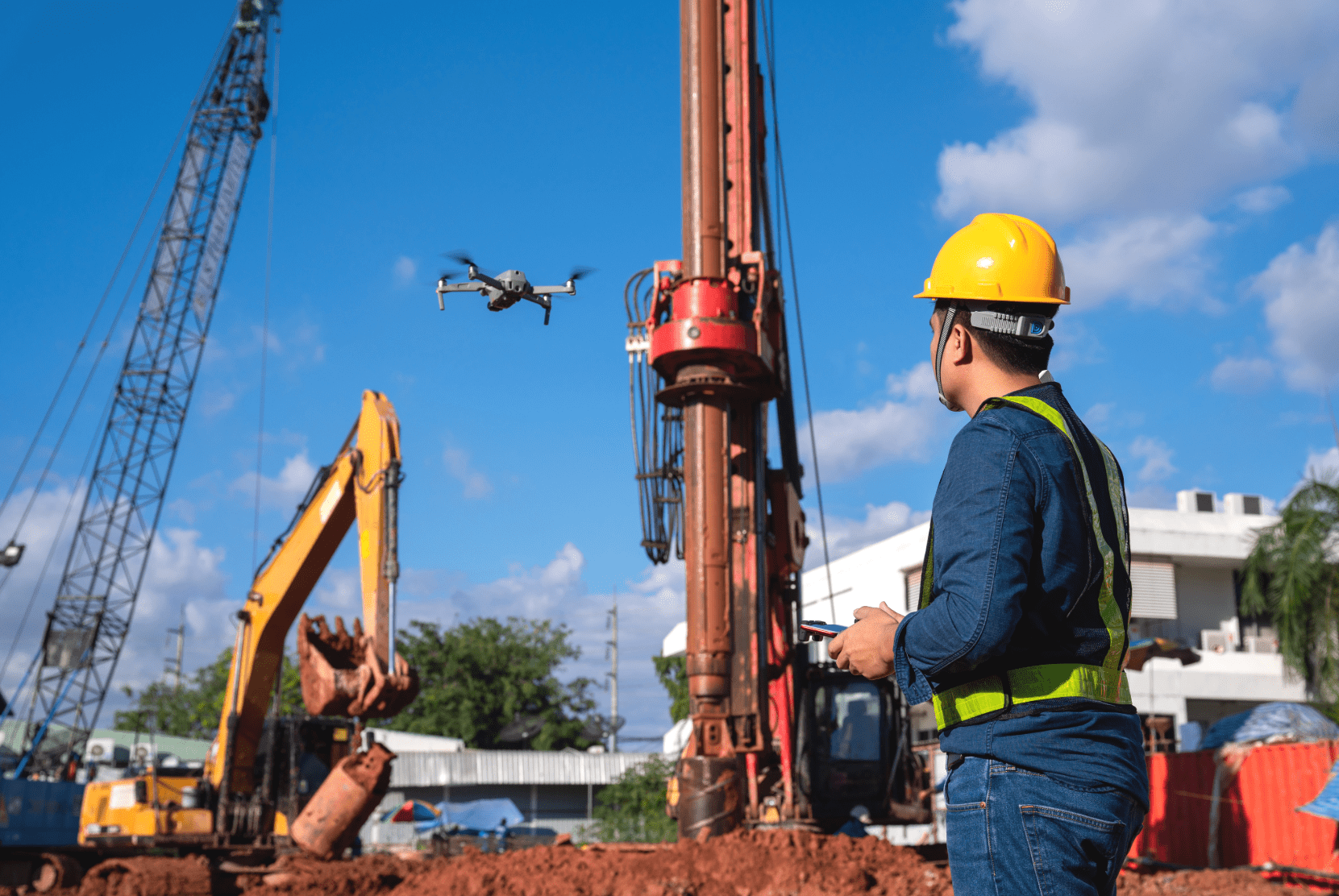2020 war für den Drohnenmarkt wirtschaftlich und technologisch in vielen Bereichen sehr spannend. Neue Sensorik und Geräte sind auf dem Markt erschienen, die Bundesregierung hat mit vielen Förderprojekten und dem Aktionsplan Drohne klar Stellung für eine „DroneConomy“ in Deutschland bezogen und die EU bereitet sich auf die neue EU-Drohnenverordnung vor. Wir wollen einen Ausblick auf das nächste Jahr wagen. Was hält das Jahr 2021 für die Drohnenwirtschaft und die unbemannte Luftfahrt bereit? Wir haben hier drei Themen, die uns nächstes Jahr garantiert begegnen werden.

1. Urban Air Mobility
2020 hat hier einen Grundstein gelegt. Noch nie war Urban Air Mobility so ein großes Thema, wie im vergangenen Jahr. Wir erwarten, dass 2021 dies noch übertreffen wird.
Projekte wie Medifly Hamburg haben große Wellen geschlagen, die das Interesse für UAM-Themen weiterverbreiteten. Nicht zuletzt auch in der Bevölkerung, die erlebt, wie der noch sehr junge Bereich der unbemannten Luftfahrt auch für medizinische Zwecke genutzt werden kann.
Dazu kommen die enormen Fortschritte der Technik und Machbarkeit. Ein Beispiel ist hier Volocopter mit ihrem Lufttaxi und der ganz neuen Entwicklung in Zusammenarbeit mit dem ADAC, dem Einsatz von Multikoptern für Rettungsdienste.
Im Jahr 2021 werden wir also wieder Vieles aus dem Bereich Urban Air Mobility hören. Nicht zuletzt, weil UAM beim größten Mobilitätskongress der Welt zum ersten Mal einen eigenen Themenbereich bekommt. Im Oktober findet der ITS World Congress endlich wieder in Europa statt – genauer: in Hamburg.
2. Automatisierung
Smart, smarter, Drohnen. Die Entwicklung neuer Techniken für die vielseitigen Fluggeräte wird nächstes Jahr keine Pause einlegen. Ob mit komplexerer Sensorik ausgestattet oder in Verbindung mit Künstlicher Intelligenz für präzise, vollautomatisierte Analysen: Wir werden wieder von diversen spannenden Projekten hören.
Ganz besonders herausstechen wird der automatisierte Drohneneinsatz bei Unternehmen. Während in 2020 diverse Testläufe bei Unternehmen aus Bau, Energie, Immobilien, Planung & Vermessung durchgeführt wurden, könnte 2021 das Jahr sein, indem automatisierte Flüge richtig durchstarten. Das liegt zum einen an der bestätigten Durchführbarkeit und zum anderen an den neuen EU-Regeln. Diese werden das wiederholte und automatisierte Fliegen sehr vereinfachen. Vielleicht wird der ein oder andere ein UAV bei der Strommast-Inspektion entdecken.
3. Die neuen EU-Drohnen-Regeln
Wir werden in 2021 sehen, wie gut sich die neuen Regeln verwirklichen lassen. Da noch viele Fragen zur genauen Umsetzung offengeblieben sind, blicken wir gespannt auf das kommende Jahr.
Unserer Meinung nach könnte es zu viel Verwirrung unter Piloten und Betreibern kommen. Das Problem ist: Nicht alle Regeln treten sofort in Kraft. In der EU-Verordnung sind mehrere Übergangsphasen definiert. Zudem müssen die Mitgliedsstaaten zu einzelnen Punkten individuelle Entscheidungen treffen. Beispielsweise zum Mindestalter der Piloten. Wir bleiben natürlich am Thema dran und klären Sie regelmäßig auf.
Hier haben wir für Sie eine Artikelserie zum Thema angefertigt, mit allem, was wir bisher wissen.
- Teil 1 „Die UAV-Klassen“
- Teil 2 „Die Betriebskategorien“
- Teil 3 „Die Kompetenznachweise“
- Teil 4 „Die Registrierungspflicht“
- Hier geht’s zum Interview mit Ronald Liebsch von DJI
Dennoch wollen wir hier nicht schwarz sehen, was die neue Regulatorik angeht. Denn die neue Systematik wird es erst ermöglichen, dass unbemannte Flugsysteme in den kommenden Jahren noch viel breite Anwendung finden können und sich schneller, einfacher und wesentlich nützlicher einsetzen lassen.
Wir freuen uns auf ein weiteres Jahr und vor allem spannendes Jahr mit Ihnen!
Ihr FlyNex Team
